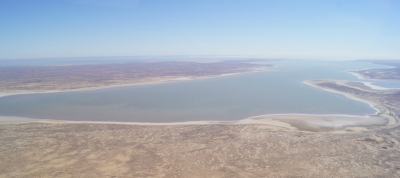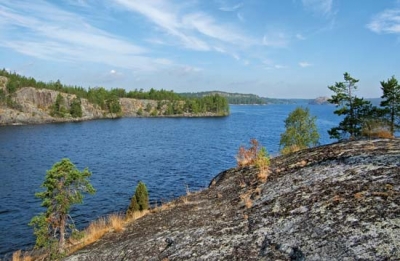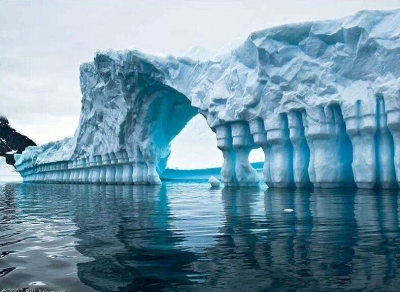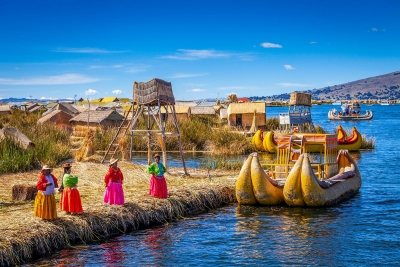What are National Monuments?
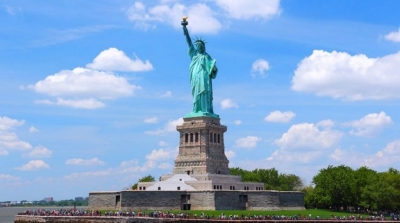
Around the world, thousands of buildings, statues, and parks helps us remember the past and honour people who made a difference in the world. These places are called national monuments.
One of the world’s famous monuments is the Statute of Liberty in New York Harbor, U.S.A. This majestic copper sculpture of a woman holding a torch towers 46 metres. A stairway inside the statue lets visitors look through Liberty’s crown. For immigrants who enter the U.S.A. through New York Harbor, the statue is a symbol of freedom and opportunity. The statue was a gift from France to the U.S.A. in 1885.
At Dinosaur National Monument in the U.S.A., tourists can see fossils of prehistoric reptiles. This national monument in Colorado and Utah also has canyons cut by the Green and Yampa rivers.
One of the greatest battles ever won by the British navy is remembered with a huge statue of Admiral Horaito Nelson in Trafalgar Square in London, England. Nelson was killed in the battle, but his statue has become one of the world’s famous landmarks.
In the centre of Hiroshima, Japan, a huge sculpture stands near the ruins of a building destroyed during a nuclear bomb attack. The ruined building, and the sculpture, known as the Atomic Bomb Dome, a part of Peace Memorial Park. The monument serves as a reminder of the atomic bomb that was dropped on the city during World War II.
Picture Credit : Google

